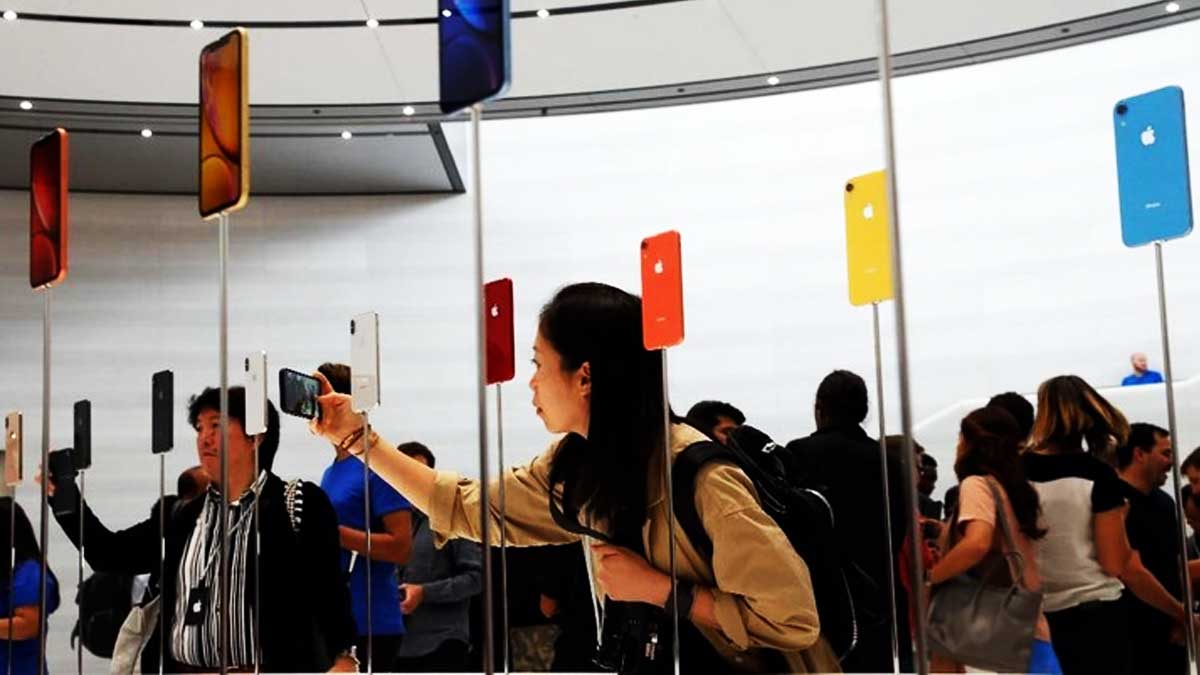Jakarta, goodfair.xyz – One of the things to consider when buying a cellphone is the camera. Knowing what consumers want, manufacturers then provide the latest innovations, in terms of sensors and pixel size.
In 2023, many cellphone manufacturers will start using 1 -inch sensors . The jumbo sensor is able to capture more light and reduce noise for night shots.
On the other hand, the megapixel (MP) war is never-ending. It seems like it wasn’t long ago that the HP manufacturer introduced a 50MP camera, then suddenly the 64MP and 108MP cameras were excited.
Last year, 200MP cameras were introduced and became popular for premium class cellphones. Many people think that large megapixels make the resulting photo quality better.
This is certainly not wrong. The reason is, megapixels affect the detail of the images that can be taken by the camera sensor. The larger the megapixel, the image can be enlarged without breaking it.
So, if you want to print an image on a billboard or put it up on a large screen, of course you need jumbo megapixels so that the results remain sharp.
The following is an explanation of the difference between sensors and pixels, as well as the function of each, summarized by goodfair.xyz, Wednesday (15/3/2023) from various sources.
What is a cellphone camera sensor and its function?
Literally, the sensor is responsible for changing the image captured by the lens. Sensors come in various sizes and are composed of cells that represent pixels.
Inside the sensor, there is a processor that will convert the incoming light into color. The results from all sensor cells are then combined and form a unified image
size of the sensor determines the amount of incoming light. For this reason, with the same number of pixels, a larger sensor will produce better image quality.
Usually, the size of the sensor will determine the size of the lens. Well, a large lens will have a larger aperture too. This aperture is a source of light, so it makes sense that a large sensor will produce better quality low light photos.
Several cellphones that have 1 inch sensors include the Vivo X90 Pro and Xiaomi 13 Pro.
What are cellphone camera pixels and their functions?
Currently, there are cellphones on the market that have 200MP cameras. One megapixel is equivalent to 1 million pixels, namely small boxes arranged into an image.
The more pixels, the higher the resulting image resolution. This means that the image density allows enlargement (zoom) many times without breaking the photo.
Another advantage of a large number of pixels is the ability to combine several small pixels into 1 large pixel or the term ‘pixel binning’.
With a larger size per pixel, it will help with better light capture and better image processing even though the sensor size is not too large.
For example, pixel binning on a 200MP resolution camera is capable of combining 4 pixels for 50MP resolution images and 16 pixels for 12.5 pixel images.
Some cellphones that have jumbo 200MP resolution cameras are the Samsung Galaxy S23 Ultra, Motorola Edge 30 Ultra, and Xiaomi 12T Pro.
If so, is it better to choose a large sensor or lots of pixels?
If you have to choose, of course these two things have an important role. However, a large physical sensor can produce better RAW image data.
Bokeh capabilities from large apertures will also be better without having to switch to ‘Portrait’ mode. For low light performance, a larger sensor size will automatically capture more light.
However, similar quality can also be obtained from lots of megapixels with various supported processing.
It should be noted, good image quality also requires a capable image processor to determine color richness and texture accuracy. In this case, each cellphone manufacturer has a different style so the photo results really depend on individual tastes.

